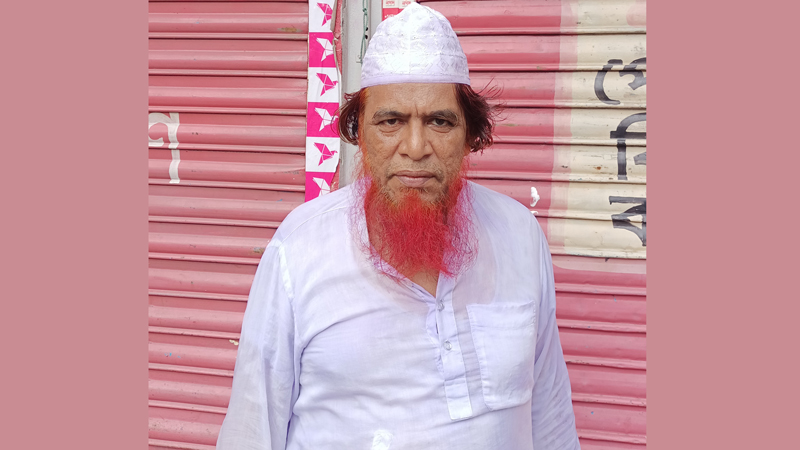Mujibur Rahman works at the the morgue of Dhaka Medical
College Hospital (DMCH). After all formalities are completed, his duty is to
wash the bodies and wrap them in shrouds (Kafon). The 60-year-old has been
doing this for over two decades, washing three to four bodies daily. However,
on August 4, he faced an entirely different experience. For the first time in
his life, he had to wash 24 bodies in a single day.
Recalling that day, Mujibur Rahman said, “I had seen this
many bodies coming to DMCH at once during the Rana Plaza collapse. But never
before had so many arrived together like they did on August 4. In the
student-people’s movement, I washed around 70 bodies in total.”
On July 16, during the anti-discrimination student
movement, Abu Sayeed, a student of Begum Rokeya University (BRU), was killed in
police firing in Rangpur. After that, the movement spread across the country,
with deaths reported almost daily. Initially, six to seven people were killed
each day, but on July 18 and 19, the number multiplied. By August 5, over a
thousand had lost their lives. Students, workers, rickshaw pullers, and even
some unidentified people were among the victims. Mujibur Rahman was responsible
for performing the final wash for many of them.
Mujibur Rahman, a father of five, hails from Cumilla. He
has lived in Dhaka for 24 years, working in the morgue washroom since then.
Describing the events of August 4, the day before the fall of Sheikh Hasina’s
government, Mujibur said, “That day, a different atmosphere engulfed the
morgue. It felt like a procession of death. Bodies kept arriving one after another.
Some had gunshot wounds to the head, others lost legs due to bullets, some had
bullets pierced through their chests, and others had bullets enter through the
forehead and exit from the back. Some had bullets tear through their kidneys.
The surroundings of the morgue were full. Even outside the corpse washing room,
there were piles of bodies. In that single day, I washed 24 bodies, most of
whom had no family present. The families who were present sat outside the
washroom, weeping.” His voice became heavy with emotion as he spoke. After
briefly pausing, he added, “One boy’s body made me freeze. I felt deeply
saddened. The boy couldn’t have been more than 15 years old. I heard he used to
sell goods on a van on the sidewalk, but bullets tore through various parts of
his body.”
Mujibur Rahman continued, “In all my years of experience,
I had never washed such young boys before. I have children too, so seeing the
bodies of those boys filled me with sorrow. After washing them, I carefully
wrapped them in their shrouds.”
Mujibur mentioned that bodies of various ages came to the
morgue’s washroom during the movement. “Middle-aged men, young men, and boys
arrived one after another. But the majority were young men and boys. Each body
had different characteristics—some had been shot in the chest, others in the
head, and some in other parts of the body. Washing some of the bodies became
extremely difficult. Having been in the morgue for so long, parts of their
bodies had started to decay, making it challenging to wash them without pieces
falling off.”
He added, “Because of my long-standing work in the
washroom, seeing dead bodies no longer bothers me. But after seeing the bodies
of the young boys, their faces kept flashing in my mind. I still think of them
repeatedly.”

